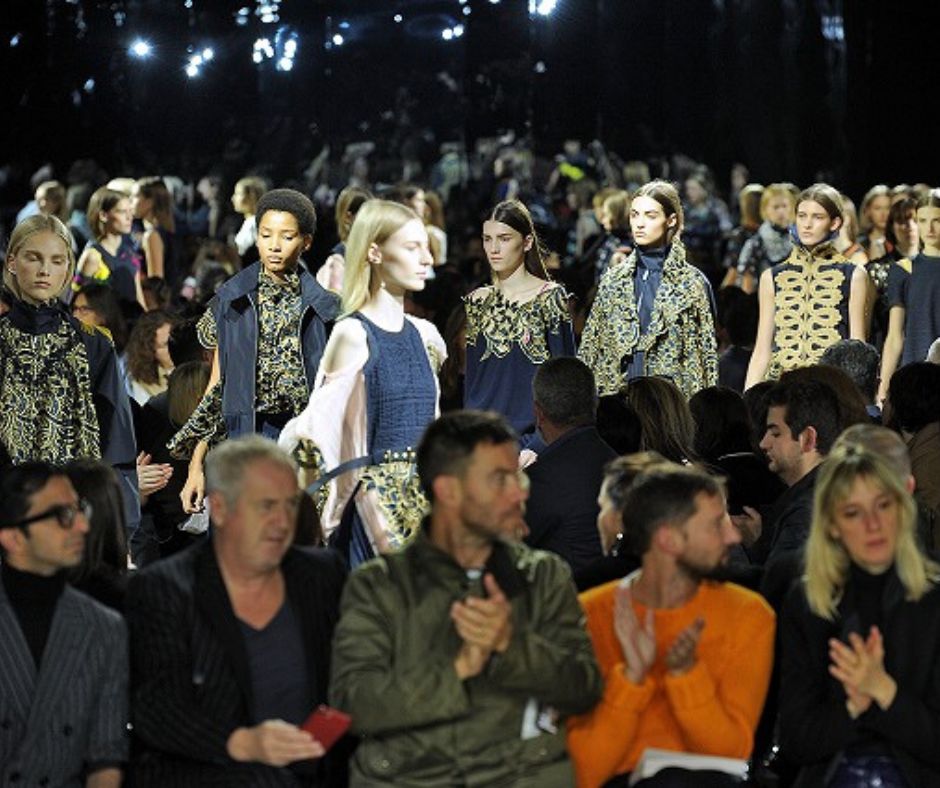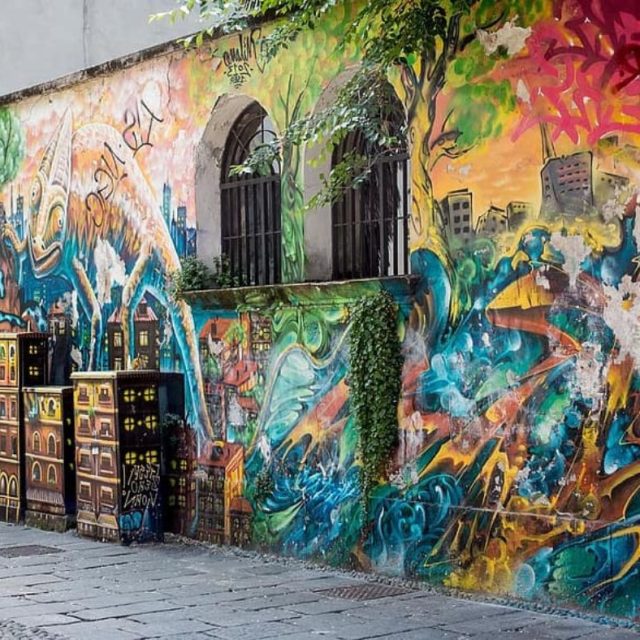Equitable Access: Milan’s Vision for Inclusive Cultural Amenities
Milan is Italy’s northern metropolis and the second-most populous city in Italy, recognised as a global leader in fashion and design

Cultural Heritage
Milan, the second-largest city in Italy, has successfully transformed into a post-industrial city that generates wealth through services, trade fairs, creative industries, technology, and as a financial centre. It boasts a cultural heritage that traces its roots back to the Roman Empire, including iconic landmarks like the Duomo Cathedral and Castello Sforzesco. Notably, Milan is home to Leonardo da Vinci’s masterpiece, The Last Supper, which holds the UNESCO World Heritage Site designation.
The city of Milan has a population of approximately 1.4 million, situated at the heart of one of Europe’s most densely populated metropolitan districts, accommodating up to ten million people. Recent years have seen significant growth through immigration, with Filipino, Egyptian, and Chinese communities forming the largest international groups. Milan has consistently been one of the most visited European cities, welcoming nearly 8.5 million visitors in 2019 in the metropolitan area. It reached a remarkable 21 million visitors in 2015 when it hosted the Universal Expo. Although visitor numbers declined during the pandemic, revitalising tourism remains a crucial component of Milan’s recovery.
Embracing Change
More than any other Italian city, Milan has prioritised culture and creativity in its social and economic development, leveraging its cultural and creative industries. The city is home to 11 universities and academies, established media companies, and plays host to key players in the creative economy, particularly in fashion and design. Milan’s reputation as a literary hub is robust, housing 51% of the country’s publishing firms. Overall, the city is a base for nearly 15,000 creative firms and 189,000 creative workers.
Milan is increasingly focused on supporting initiatives that involve communities and promote cultural excellence among marginalised groups. The major street art project, “A Name in Every Neighbourhood,” collaborates with artists and residents across the city’s 88 districts to create giant murals featuring the neighbourhood’s name. This project has provided significant opportunities for female artists who were previously underrepresented in the street art scene. In Spring 2022, Milan partnered in the first-ever festival that highlighted excellence in the performing arts among disabled individuals, demonstrating a commitment to diversifying the cultural offerings, challenging audiences, and creating more work opportunities for disabled artists.

The Role of Policymaker
Milan’s rich cultural landscape comprises 90 museums, nearly 80 art galleries, 106 cinema screens, over 50 theatres and concert halls, and hosts numerous internationally recognised festivals. The city administration not only owns but also directly manages several cultural sites, including more than 20 museums, 35 libraries, and other cultural centres. However, private stakeholders, especially in visual arts and entertainment, including theatres, also have substantial ownership. Major economic entities, such as banks and insurance companies, invest in sponsoring the city’s cultural activities.
In a notable development, the city recently appointed a cultural sector organisation as the manager of “The Library of Trees,” a botanic garden and outdoor arts venue, reflecting a growing awareness in Milan and many world cities about the importance of addressing the climate emergency. This unique space underscores that urban green areas can foster biodiversity and create their own microclimates.
Milan is making investments in its built environment, including the modernisation of libraries, museums, and theatres. Planned new cultural infrastructure highlights the city’s commitment to promoting contemporary and future-facing culture, not limited to historic heritage. These plans include the establishment of a Museum of Digital Arts, the first public museum of its kind in Italy, and a Museum of the Resistance, aimed at fostering complex discussions and addressing vital issues related to citizenship and democracy, crucial not only for Europe’s past but also for its future.
The Future
Milan’s vision extends to creating a more inclusive cultural sector and one that contributes to a more equitable distribution of amenities between the city centre and the outskirts. This includes relocating various entities, from banks to arts programming, to underserved areas. The city views the revitalisation of cultural industries as essential to its post-pandemic recovery and as an integral part of addressing the climate emergency, reflecting its commitment to a sustainable and vibrant future.
© Images Courtesy of Getty/Canva




